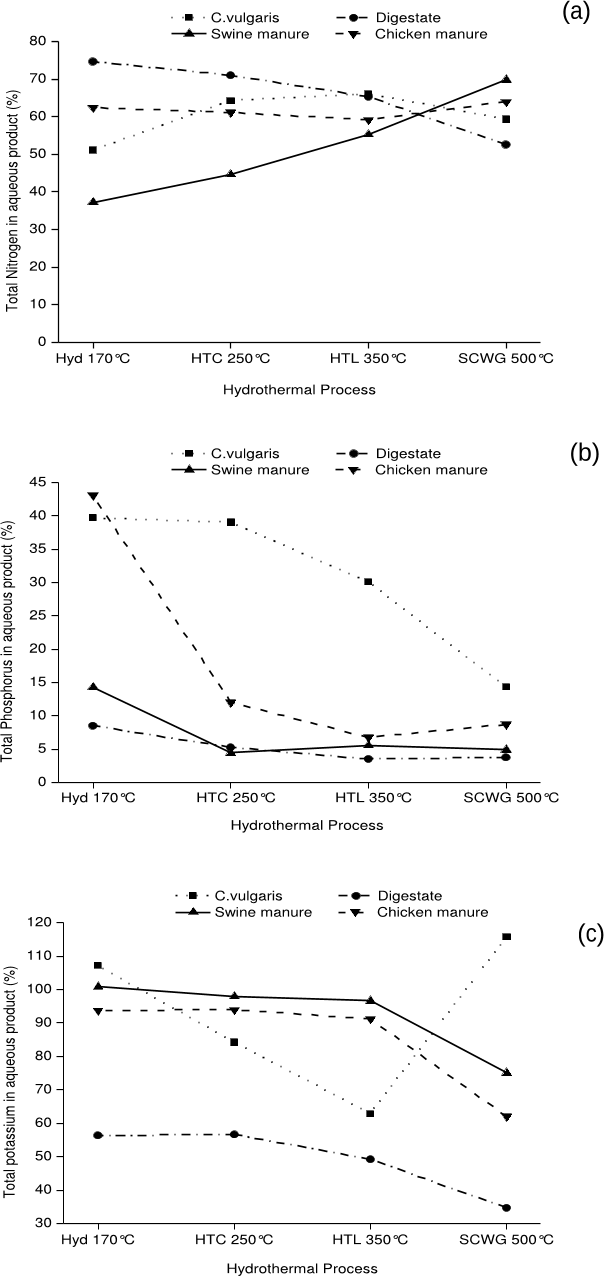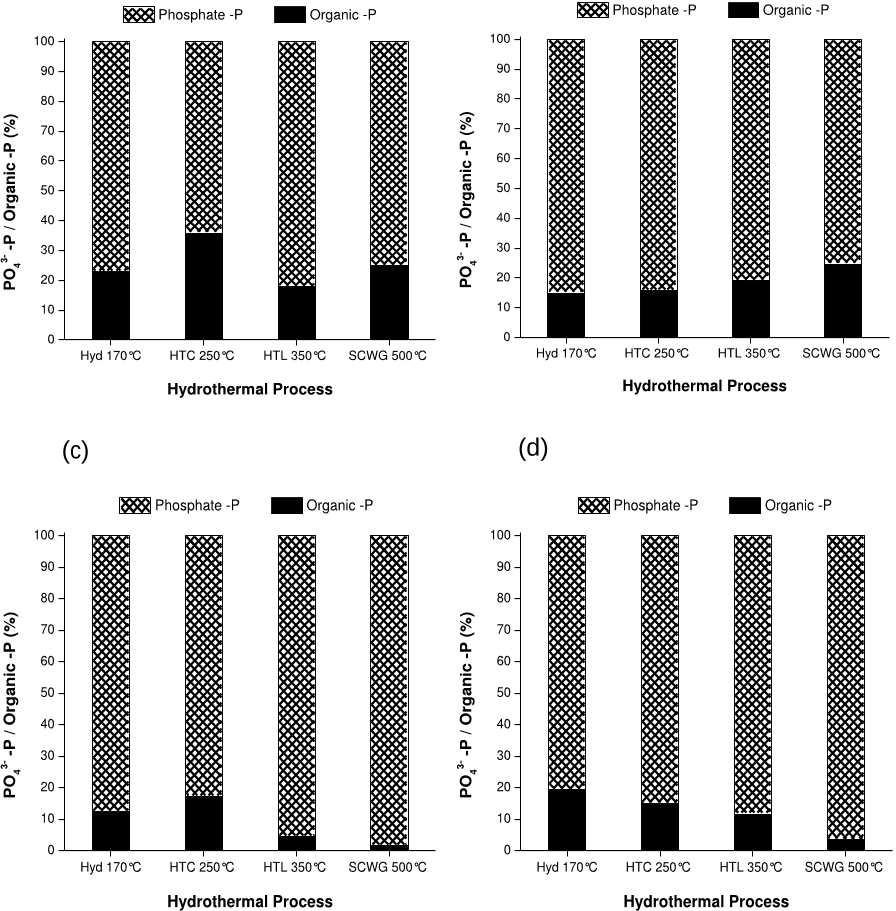Abstract: The effects of feedstock pH, ratio of initial carbon monoxide to volatile solids (CO/VS), and total solids content
of the feedstock on the thermochemical conversion process of swine manure were studied. The pH values of the feedstock
ranged from 4 to 10. High pH values favored oil production in the biomass conversion process. When the feedstock pH was
10, the process yielded the highest oil production efficiency, but the benzene solubles of the oil product was 10% lower than
those at pH 7, pH 4, and without pH control. The CO/VS ratio varied from 0.07 to 0.25, while the corresponding carbon
monoxide initial pressure ranged from 0.69 to 2.76 MPa. The oil production efficiency increased from 55% to 70% as the
CO/VS ratio increased from 0.07 to 0.25. The COD reduction, on the other hand, decreased to 50%, while the CO/VS ratio
increased to 0.25. A CO/VS ratio higher than 0.1 is not recommended. Total solids of the feedstock were studied from 10%
to 25%. The total solids content of the feedstock directly affected the effectiveness of the process. The higher the total solids
content, the higher the oil production and COD reduction efficiencies, limited by the handling capability of the feedstock.








